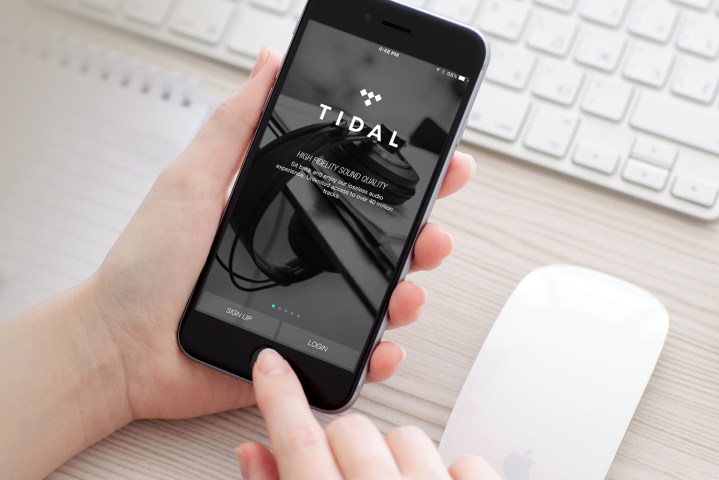
Tidal, which is a Jay Z-owned enterprise, made headlines (not always in the best of ways) when it launched a couple years ago, but has since had a bit of trouble attaining (much less maintaining) stability. Toig joined the company in January of last year as its CEO, replacing the interim leader Peter Tonstad, who was the replacement for Tidal’s first CEO, Andy Chen. When Jay Z first announced Toig’s appointment, he called the executive a “leader at the intersection of consumer technology and entertainment for more than two decades.” But alas, it seems that leadership has all come to naught, at least for this particular endeavor.
Toig certainly has an impressive résumé, as he came to Tidal from SoundCloud, where he served as chief business officer. Prior to that, he was the founder and senior vice president of Cricket Wireless’ music service, Muve Music, as well as one of the founding members of Virgin Mobile.
It would appear that Toig actually left the company in March, and it’s unclear as to the reasoning behind his departure. But given that Tidal has just 1 million paid subscribers, and has not managed to gain ground on leading competitors like Apple Music and Spotify, (which have 20 million and 50 million subscribers respectively), it’s easy to speculate.
Best of luck to the next leader to sit at Tidal’s helm. If history is any indication, it’s no easy ship to steer.


